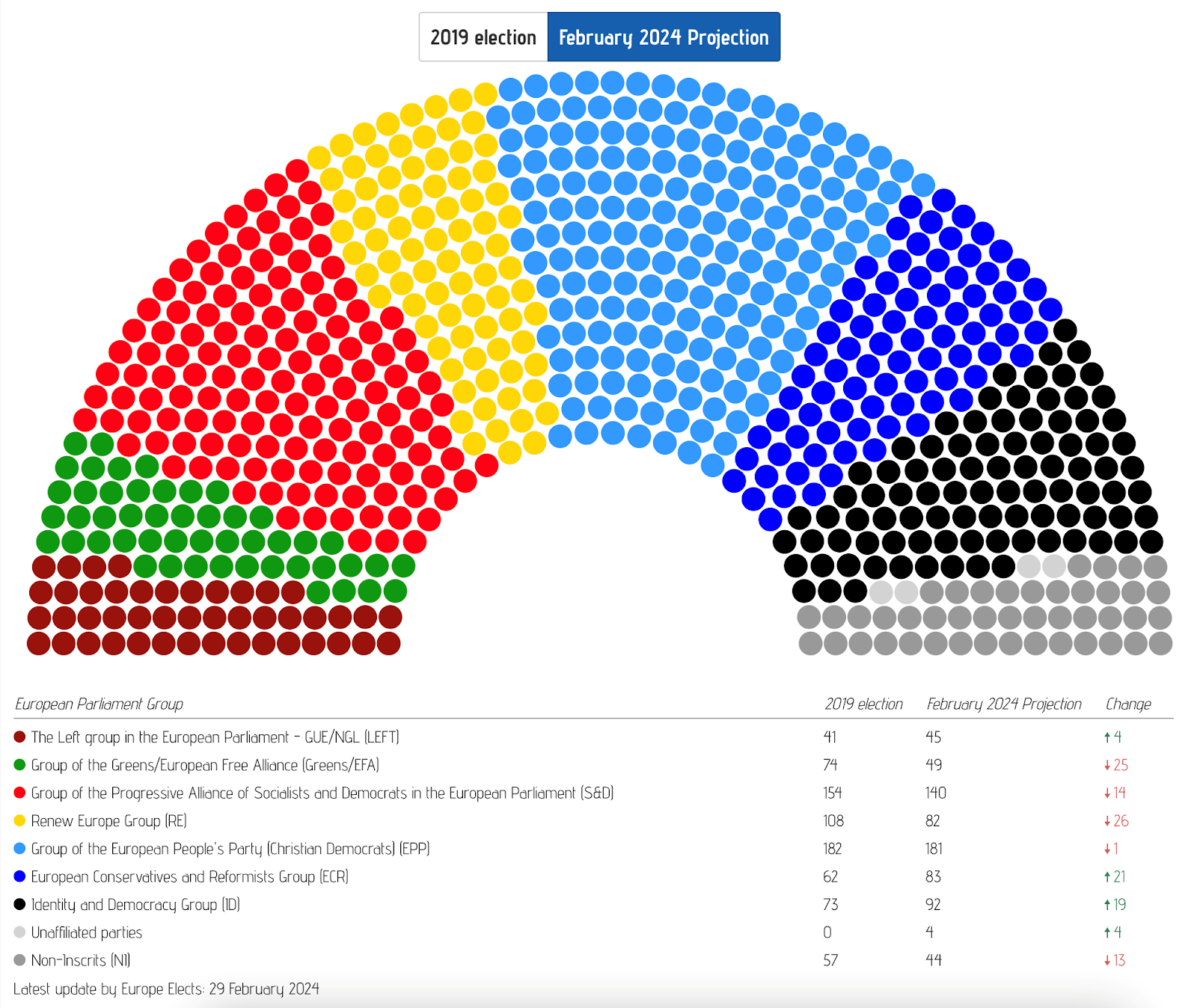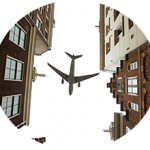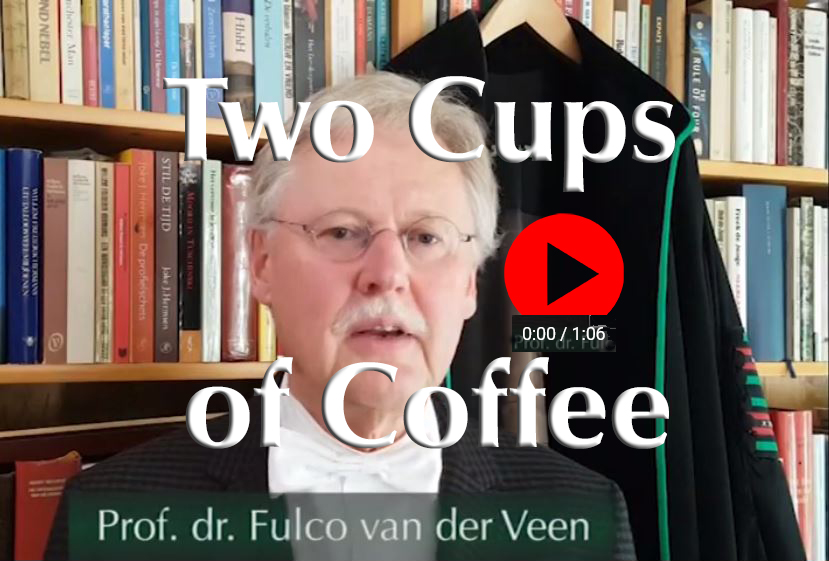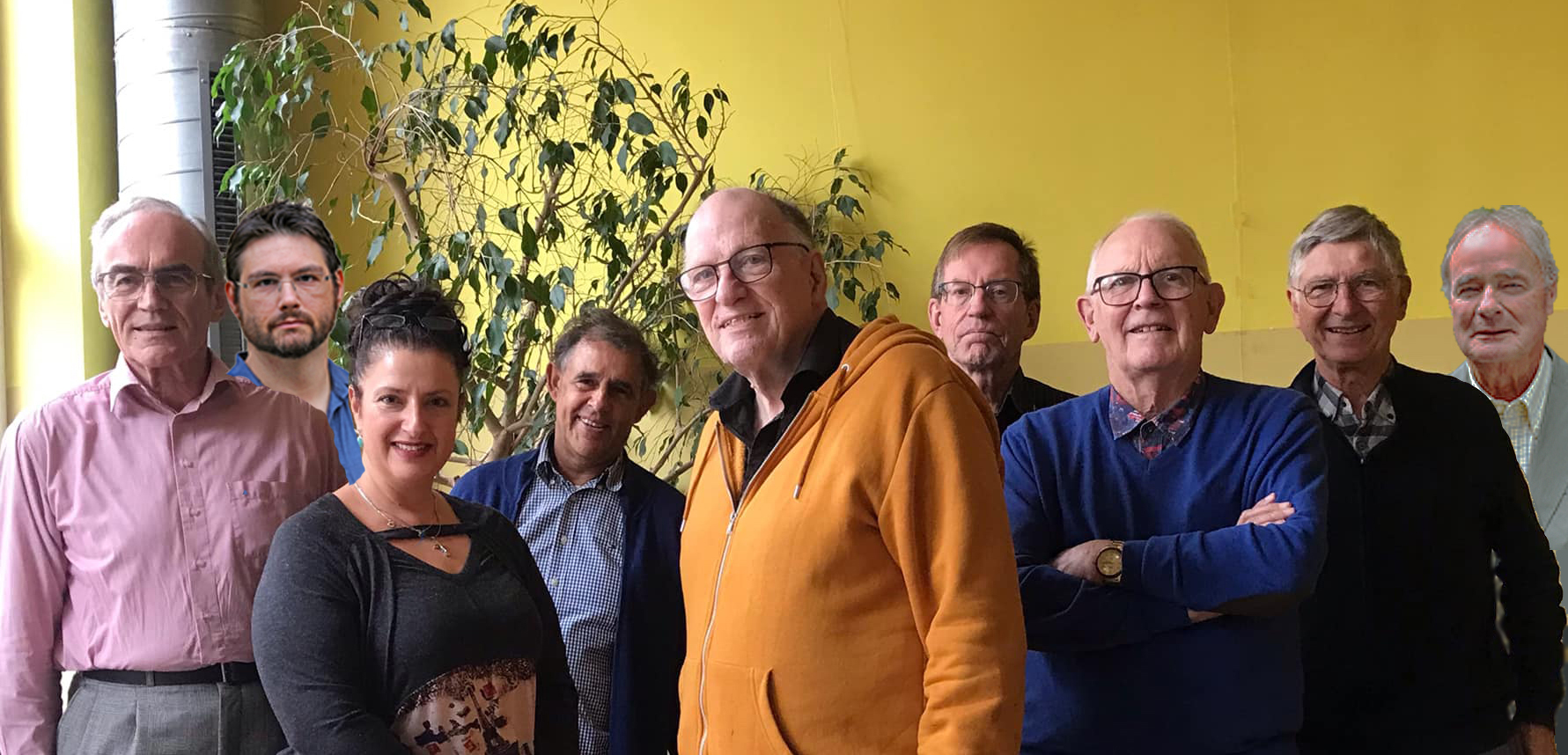Nice that you found us
We help people who experience nuisances from aviation and worry about the impact of noise and emissions on their health
- We definitively understand your problems
- We can give support because we have experts that want to share expertise
- We put experts and activists from different airports and regions in contact to exchange experience and best practices
- We organize technical courses on aircraft noise and emissions related issues
- We support in legal and political battles, we have lawyers, economists, media experts and spin-doctors
- We represent citizens in international gremials (like the Industry does)
- We coordinate EU-wide and global actions and protests
We act in a lot of areas
Night flights | Dealing with aircraft noise | Noise and the WHO guidelines | Noise measurement | Noise Metrics | Airport growth | NOx and other emissions | Ultra fine particles | Challenge powerful organisations | Citizens Protest Groups | Noise and health risks | Find the way at European level | Identify best practices from all over the world | Economic costs of aviation | State Aid to Airports and Airlines | Hydrogen and synthetic fuels
Next webinar: An International Panel Discussion On Metrics
June 3th, 18.00 CET
Do we get more disturbed by aircraft noise than the official figures show?
Is there a right metric to measure noise annoyance from aircraft?
The way aircraft noise is measured is complex. Metrics are ways of measuring noise. Different metrics measure different things. We outline the key metrics used below. Decibels indicates how loud a noise is. All noise, not just aircraft noise, is measured in decibels. You will also come across the phrase ‘noise contours’. As we explain below, a contour indicates the level of noise in a certain area.
We will explain more in the webinar where there will be the opportunity for questions and discussion. In brief, the most common metrics are:
The LAeq Metric
The number of aircraft passing over an area during a 16 hour day is counted. The noise of each plane is measured in decibels (db). The noise is then averaged out for the day. This is then turned into an annual average.
The Lden Metric
Lden averages the noise out over an 8 hour day, a 4 hour evening and an 8 hour night, with 5 and 10 decibels added to the evening and night figures respectively to account for generally lower background levels at those times. Used by The World Health Organisation (WHO) and the European Commission, as they believe it is more meaningful than LAeq. Lnight averages the noise only during the night period and is also used by WHO.
The DNL Metric
The DNL Metric averages the noise over a 24-hour period but adds 10 decibels of the night period to allow for the lower background noise levels, expressed as the noise level for the average day of the year on the basis of annual aircraft operations. This is used in America and some other countries.
The ‘N’ Metric
This measures the number of planes going over a house which are above a given decibel level. So, for example, N60 would show the number of planes over 60 decibels which fly over a home during a given period.
What is a noise contour?
Most airports produce noise contours. They usually are annual contours. They show the level of aircraft noise in an area averaged out over a year. So, for example, 65dbLAeq contour indicates the area when the noise averages out at 65 decibels or more over the course of the year.
What is a safe level of annoyance?
The World Health Organisation says that the daytime safe level for aircraft is 45Lden and at night 40Lnight. The European Union says that for most people noise annoyance starts at 55Lden. America puts it much higher at 65DNL. The UK goes lower: 51LAeq.
Low Frequency Noise
There is an argument that none of the metrics used measure the low-frequency noise from aircraft. Low frequency noise is a different type of noise. There is a lot of low frequency noise in, for example, a sound system. As well has hearing it the body can ‘feel’ it. Aircraft noise also has a lot of low frequency. There are good arguments to say that all the above metrics don’t fully capture the low-frequency noise because they use ‘A’ weighting. ‘C, ‘D’ or ‘Z’ weighting are a lot better at capturing low-frequency noise. In 1999 the World Health Organisation acknowledged the importance of low frequency noise:
Special attention should also be given to: noise sources in an environment with low background sound levels; combinations of noise and vibrations; and to noises with low-frequency components. Guidelines for Community Noise, Exec Summary 3.10 – World Health Organisation [WHO]
Questions and discussion
Coming up another Webinar on 24th June: Dr Omar Haddad who works at the German Centre for Cardiovascular Research in Mainz and is a specialist in noise and health has agreed to do a webinar for us on Noise and Health.
Subscribe to our webinars
UECNA has put on a series of popular and informative webinars, covering a wide variety of topics.An overview with links to the recordings and presentations can be found here.
The week of John Stewart: No 5
Election Manifestos for the European Parliament Election in June
The political groupings publish manifestos which all parties within that grouping sign up to.
I read the party manifestos (two don’t seem to have been published yet) looking for mentions of noise.
Of those published, only the Greens mention noise. The Progressive Alliance of Socialists and Democrats do mention quality of life (which includes noise)
Rail: the Greens and the European Left have policies to invest in rail.
Aviation Taxation: the Progressive Alliance of Socialists and Democrats propose to increase it
The chart below shows the projected seats for each grouping. Although the mainstream conservatives (EPP) and the mainstream socialists will remain the main parties, parties of the left and right are expected to increase their seats.

EEP – The European People’s Party
The main grouping in the Parliament. Centre-right. Climate policies but no mention of noise.
(S & D) – Progressive Alliance of Socialists and Democrats
Second biggest grouping in the Parliament Centre-left. Policies on climate but no mention of noise. Do talk, though, about quality of life: ‘We will keep delivering on an ambitious Cohesion Policy across Europe to improve quality of life in cities, rural areas and remote regions.’
ALDE – Alliance of Liberals and Democrats
Emphasise freedom and free market solutions; policies on climate but no mention of noise
European Left
Traditional far-left solutions; policies on climate; nothing on noise but do say this: ‘Dismantle the SUV economy through regulations that ensure carbon-neutral, efficient, and road user-friendly car production. Impose equal taxes on aircraft and car fuels, eliminating CO2 exemptions. Ban private flights, prioritise trains for journeys under two and a half hours, revive night trains, and expand networks as needed. Enforce reduction and oversight of cruises.’
The European Free Alliance (EFA) – alliance of parties representing stateless nations, regions and minorities.
Keen on decentralization of power within the EU and more power for the regions. Policies on climate but don’t mention noise.
European Greens
As to be expected, a huge amount on climate. Just one mention of noise: ‘The green transition is not abstract, it means new rail lines, new factories, new opportunities for you and your community.’
‘We want people to be able to get around easily and cheaply on sustainable public transport. Mobility is crucial to everyone, every day. It connects people, communities, and businesses, while traveling to see friends and family or for leisure should be one of life’s pleasures. Today, transport systems are stacked in favour of the wealthy and against people and the planet. Working-class neighbourhoods suffer most from air and noise pollution and poorly connected rural and suburban communities often have no choice other than the car. High-emission transport is perversely subsidized, and private jets are pushing emissions ever higher. We will introduce a European Climate Ticket framework, so that every part of Europe offers an affordable public transport pass easily used across different modes of public transport.’
‘We need to massively increase investment in and coordination of rail transport to literally connect Europe as part of our Infrastructure Union. Rail infrastructure in many European regions is in a state of disrepair and there is no high-speed rail coverage whatsoever in much of Central and Eastern Europe. The EU must therefore prioritize investment in the modernization and convergence of under-served regions. To promote sustainable long-distance travel, we will invest in night train infrastructure and create a European Ticketing Platform to make booking cross-border journeys on sustainable transport straightforward. Rural areas and poorly connected regions will be prioritized in transport investments, including car-sharing initiatives, ferries and rail freight. We will make sure that fairer prices show the real cost of polluting transport, taxing air travel and fuel properly where efficient climate-friendly alternatives cannot be put in place. We will reduce demand for flights, introducing a frequent flyer levy, with exceptions for island regions, and banning short-haul where alternatives are available. We will fight to introduce a ban on private jets. We defend a just transition for all transport workers and will protect workers and passengers through road safety measures and an EU-wide speed limit.’
Renew Europe – Manifesto not yet published
Liberal, pro-European political group
European Conservatives and Reformists
Preserving National Identity: Reforming the European Union and Safeguarding Member State Sovereignty
Adopt a different approach to tackling climate: ‘The global challenge of climate change and the reduction of greenhouse gas emissions can only be tackled globally and in a market economy. We propose an opposite approach on the Green Deal to that promoted by the EU in the last five years. We will advocate a more balanced, localised climate strategy that does not forget ordinary people and prioritises socio-economic well-being.’
Nothing on noise.
Identity and Democracy – couldn’t find a detailed manifesto
Focus on national identity, protecting borders and immigration (includes Marine Le Pen of France’s National Rally, Matteo Salvini of Italy’s League and Geert Wilders of the Dutch Freedom Party).
John Stewart, Chair UECNA
Poll
Results so far (2/5):
1 Noise nuisances : 21% | 2 Health effect : 17% | 3/4 Reduce the number of flights / Ban on night flights : 12% | 5 Emissions : 10% | 6 Taxes on kerosene and tickets : 7% | 7 International cooperation : 5% | 8 Influence the EU : 4% | 9/10 Getting stronger as an organization / Ban on short-haul flights : 3%
The Importance of Working at a European Level
Air transport and airport-related activities are responsible for noise pollution and emission of toxic pollutants. The noise – especially at night – and the pollutants have both proven to have serious adverse effects on human health. In particular causing high blood pressure leading to cardiovascular diseases and death.
Our health is precious and needs respect and protection.
All stakeholders, ie. operators of airports, air carriers and aircraft builders, but also aviation administrations and politicians, must take into consideration the populations who suffer from the impact of air traffic. Today, the aviation lobby is so powerful that is it very difficult for the population living under flight paths to be heard.
We want to provide a voice for residents living in the vicinity of airports across Europe
Because airports are in competition with one another, any restrictions applicable to one airport will be considered a disadvantage when compared to other airports. Therefore, restrictions will only be accepted if they are applied to all airports. We want to work with the European commission and the European Parliamentarians to ensure that residents living under flight paths have a voice.
The future of all of our airports must be decided at European level.
Manifesto
The ever increasing air traffic causes serious noise and air pollutions which have adverse health impacts on the populations overflown by aircraft at low altitude The number of people affected by these pollutions is also increasing despite the European legislation and improvement in technologies.
Communities near airports are also deeply concerned about the rise in CO2 and non-CO2 emissions from aviation, which are a threat to the climate.
If the growth of aviation is not severely constrained, air traffic will largely negate the effects of national efforts to reduce CO2 emissions. Residents’ organizations all over Europe believe that the growth of aviation must be limited.
UECNA summons the EU:
- Noise: to ensure a substantial reduction in noise nuisances caused by aviation, starting with a reduction of night flights with a view to a total ban on night flights to allow an 8-hour night;
- Air pollution: to reduce emissions from aviation (including UFP) to protect the health of people living under flights paths and near airports, and to prevent further environmental degradation;
- Climate: to force airlines, like all companies, to reduce their CO2 emissions in the context of the Paris Agreement;
- Sustainable travel: to levy taxes on air tickets and jet fuel and to enhance comfortable train connections at competitive prices, so that many short European flights can be cancelled.
Why donate?
UECNA with the U of Unique:
The voice for airport community groups in Europe
UECNA is the only Europe-wide organisation which represents airport communities at the European Parliament, the European Commission and at the International Civil Aviation Organisation. It also supports organisations and citizens with expert advice and by exchanging information, experience and best practices.
Our Mission
To represent, inform and protect citizens affected by the adverse impacts of air traffic at European airports.
Our Aims
- To reduce the annoyance and impact on the health and on the quality of life of citizens affected by aircraft noise and air pollution
- To ensure that noise and air pollution from aircraft are duly taken into account when measures to reduce the environmental impacts of aviation are considered
- To reflect the concerns, anxieties and anger of citizens impacted by aircraft noise and air pollution
- To strengthen the network of community groups to share expertise, experience and best practices.
UECNA is run by representatives from grassroots organisations from across Europe.
If you join, you get the chance to:
- Tell the rest of Europe about your airport and benefit from others’ experience
- Join Europe-wide campaigns
- Influence the European Union and international aviation organisations
- Receive regular information on new developments
- Be part of a growing movement to tackle the local impacts of aviation
- Meet fellow campaigners from across Europe
- Influence UECNA’s strategy
UECNA is represented on:
ICAO (International Civil Aviation Authority) | European Commission’s Noise Experts Group | EASA (European Union Safety Agency) | EAEG (European Aviation Environmental Group) | T & E (Transport & Environment)
The more members we have, the more resources and the more influence we will have. Our voice will be stronger. So join us!
Coffee?
Taking action can help
On our Actions page you’ll find a lot of examples
And there is room enough for new ideas.
Various actors that can stimulate the reduction of nuisances: residents (R), organisations of residents (O), scientists (S), political parties (P), municipalities (M), governments (G), European members of parliament (E), celebrities (C) and UECNA (U).
Newsletter
Successes & Strategies
Last Added Articles
Who We Are:


 Let’s Cap Aviation!
Let’s Cap Aviation! 



